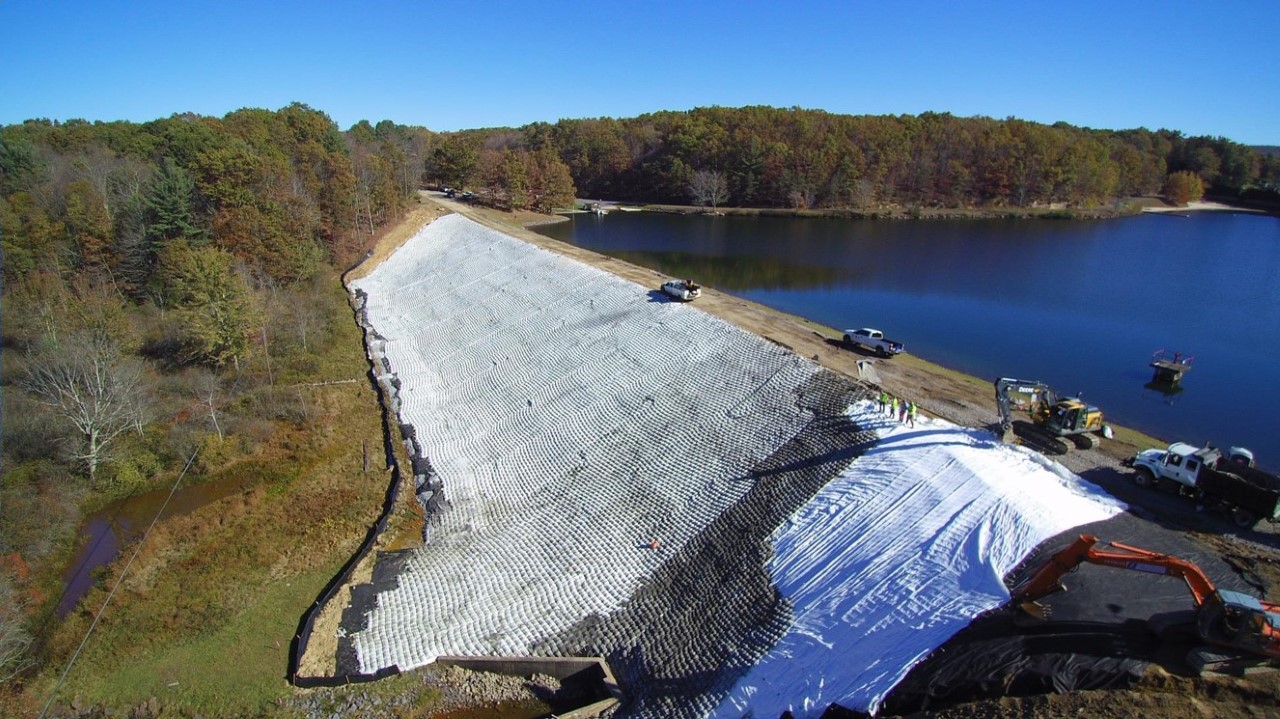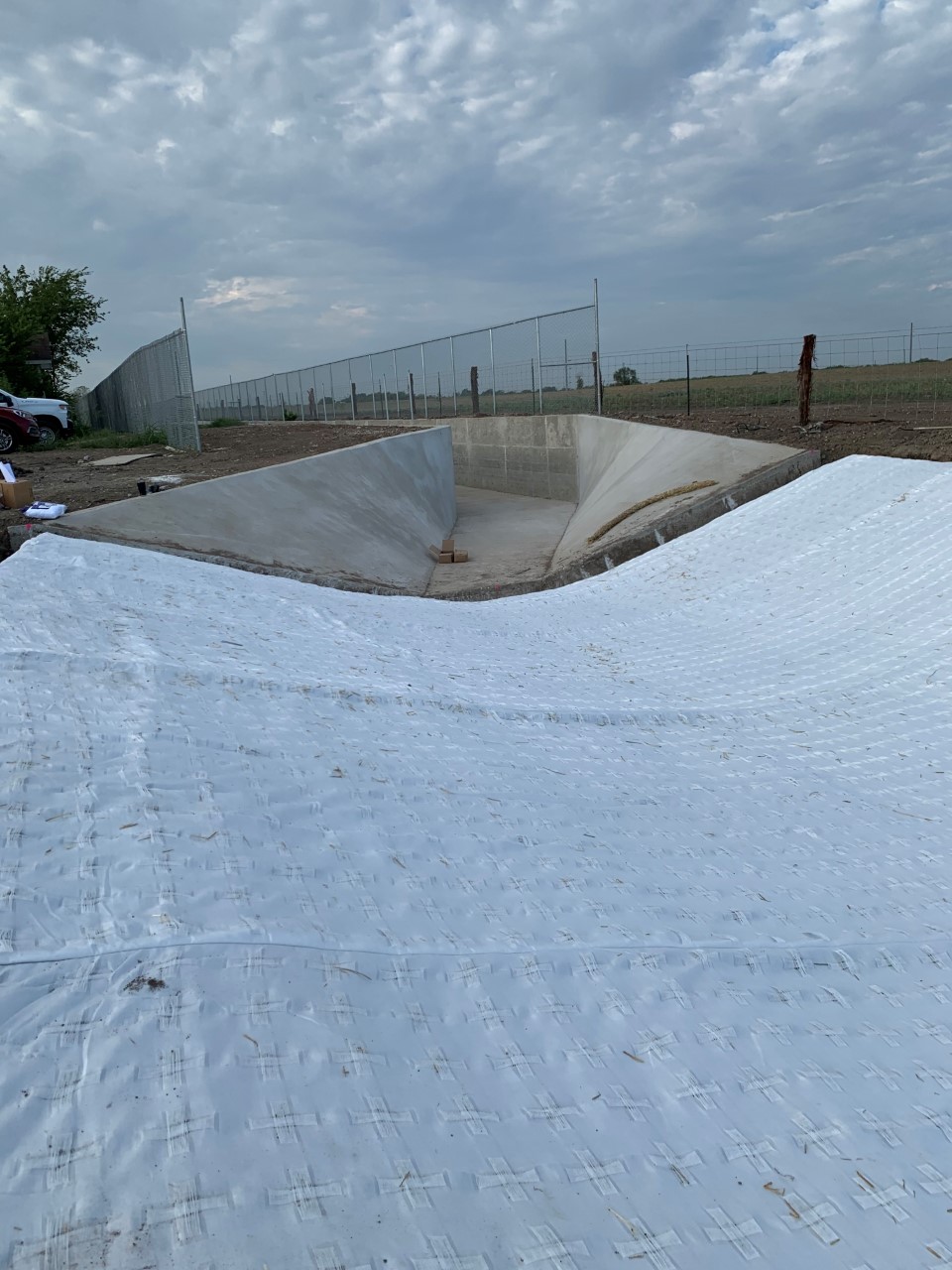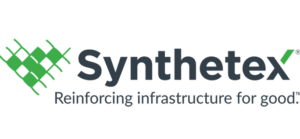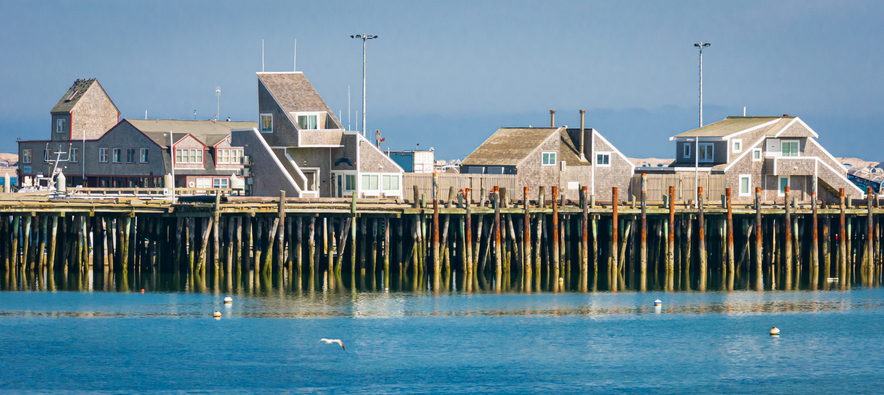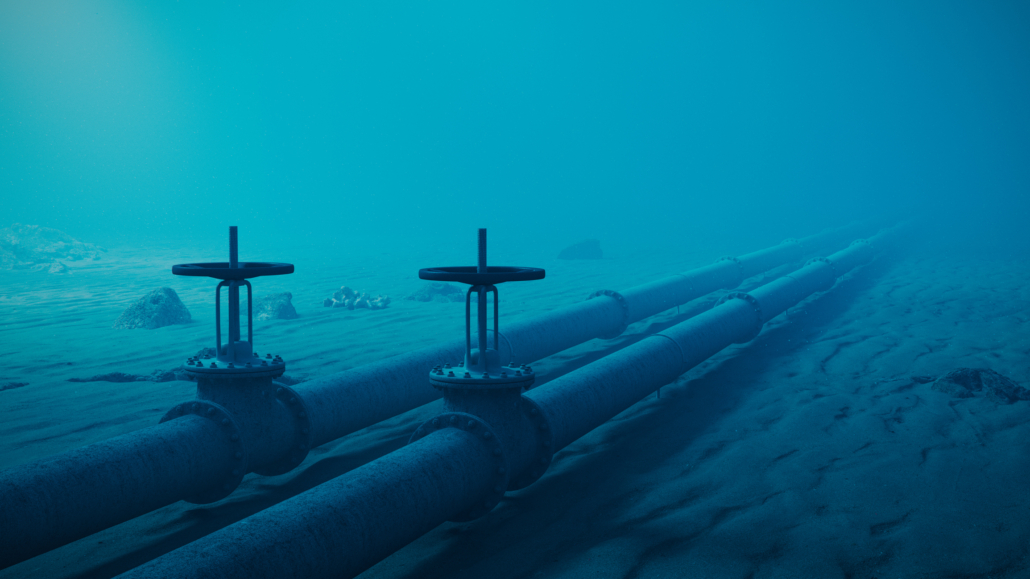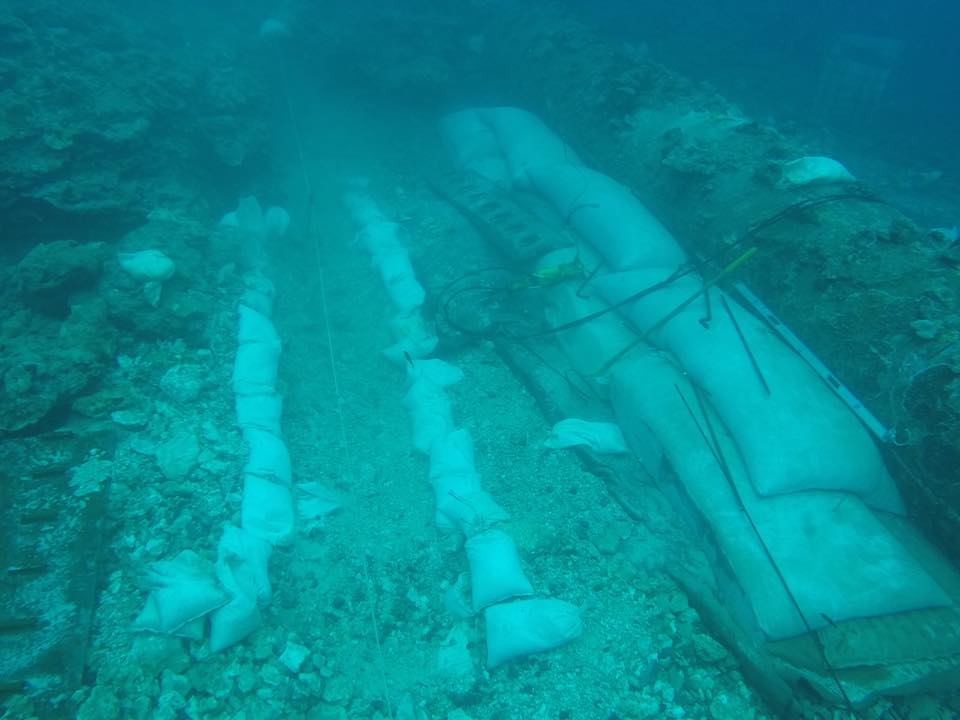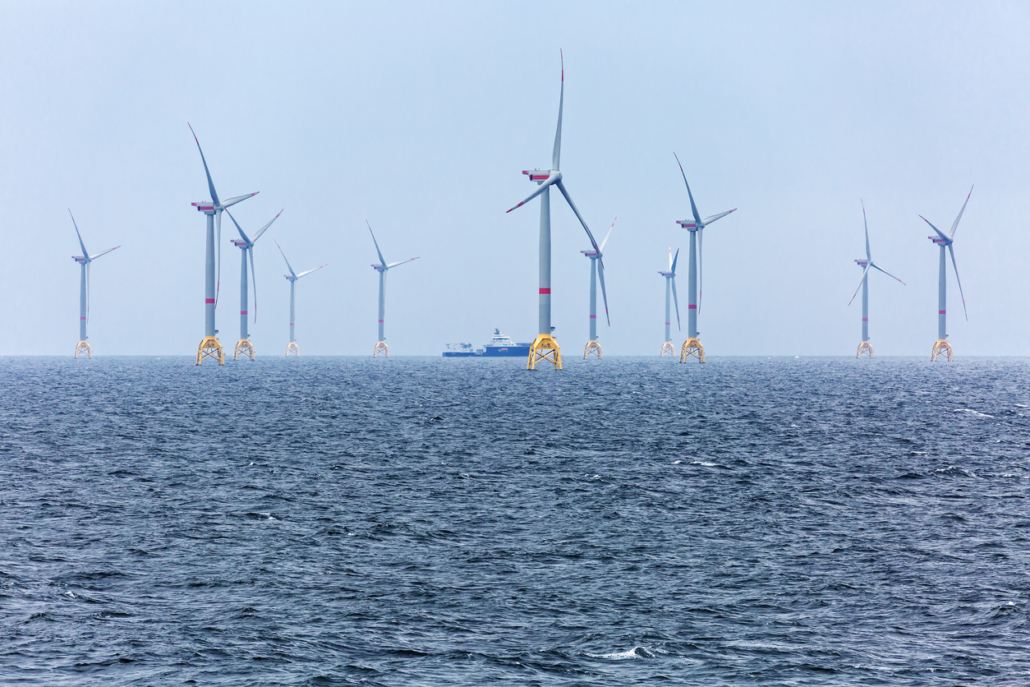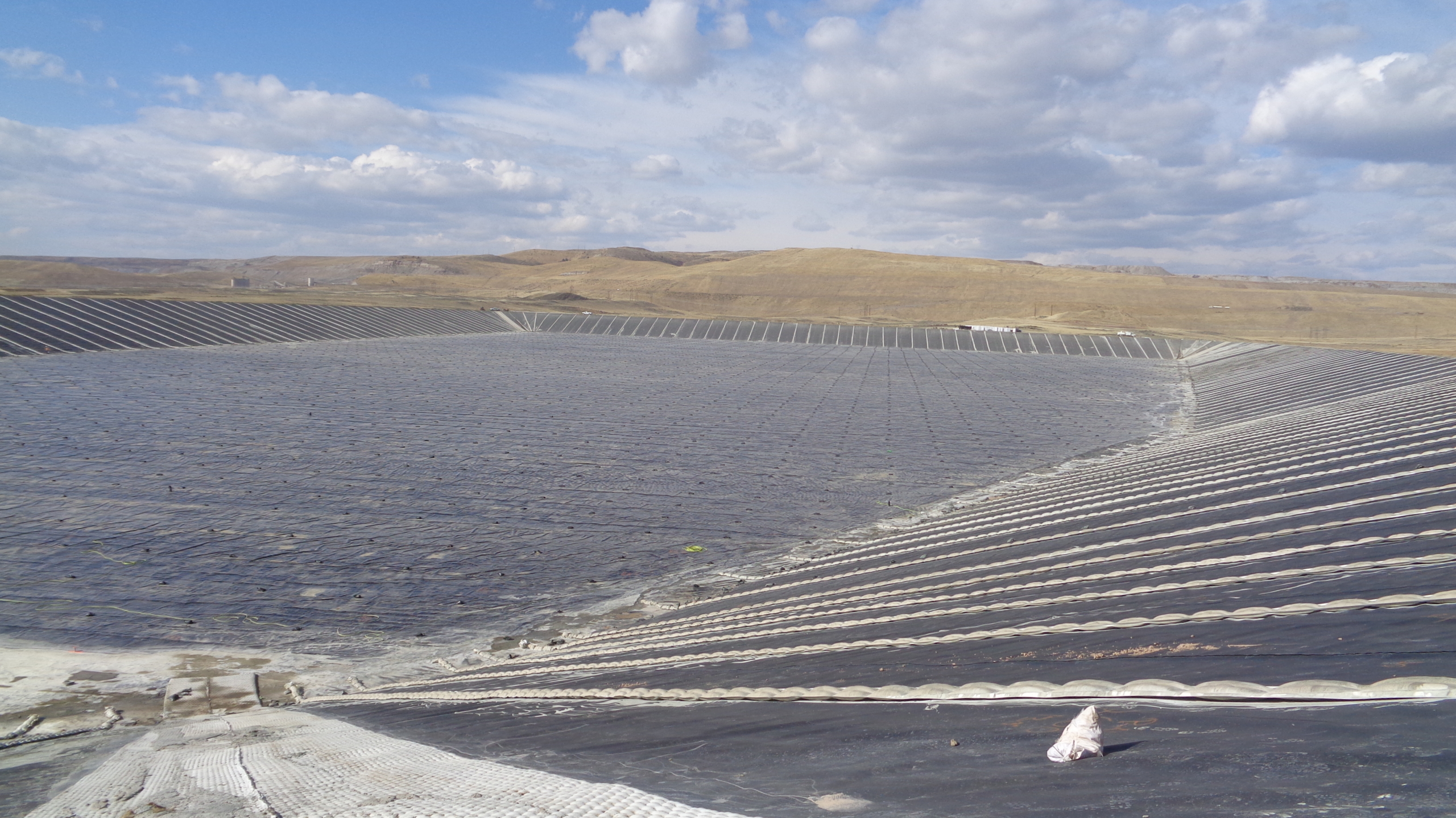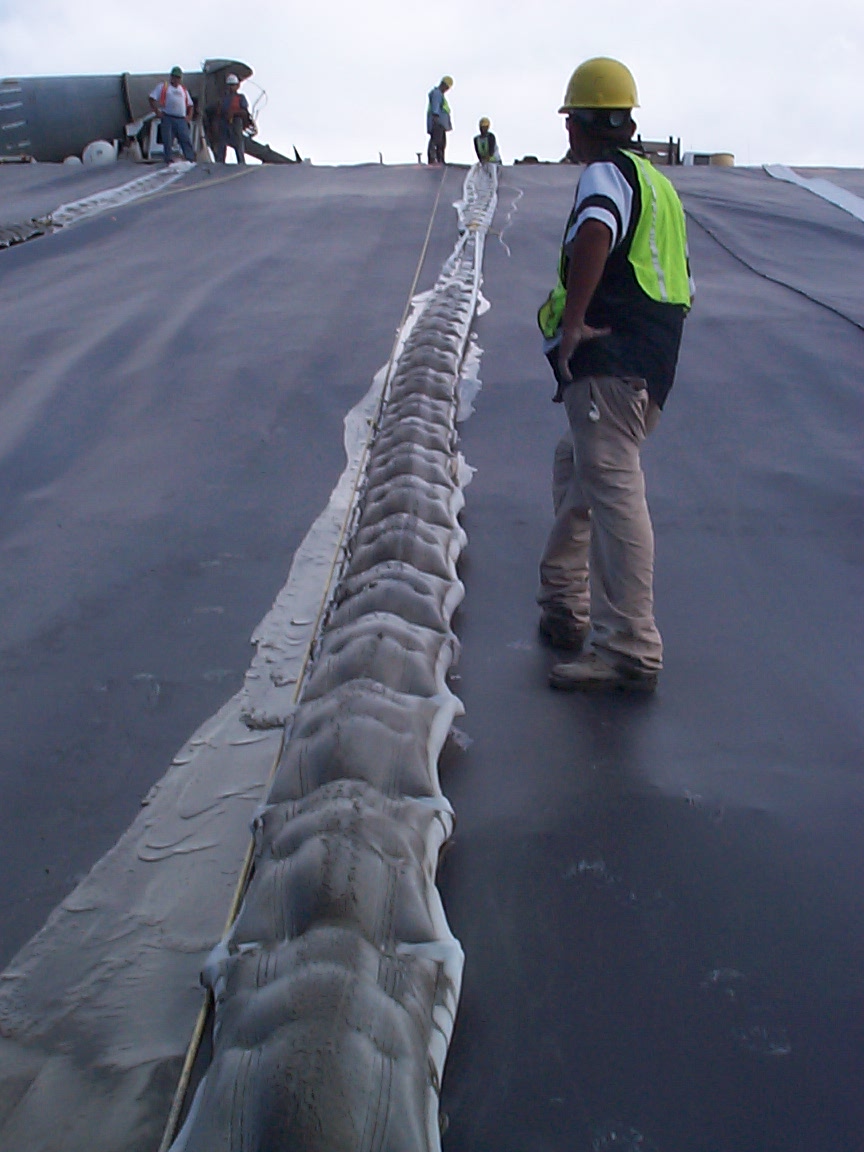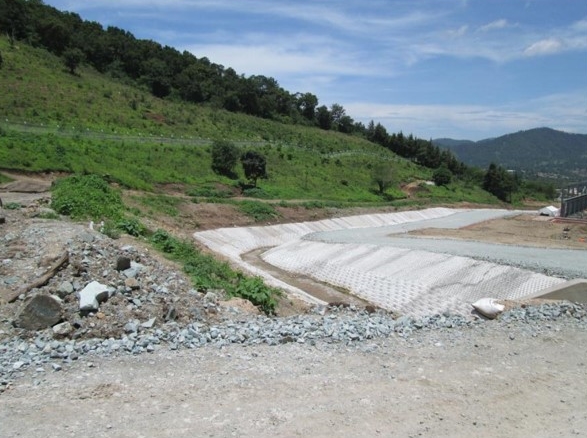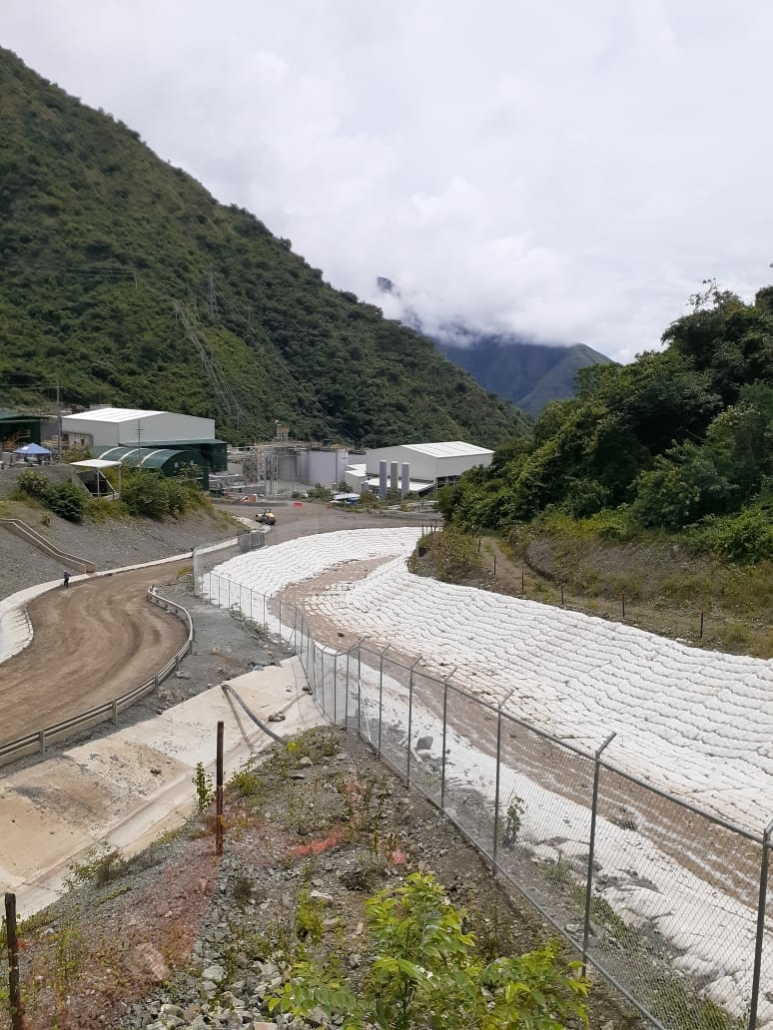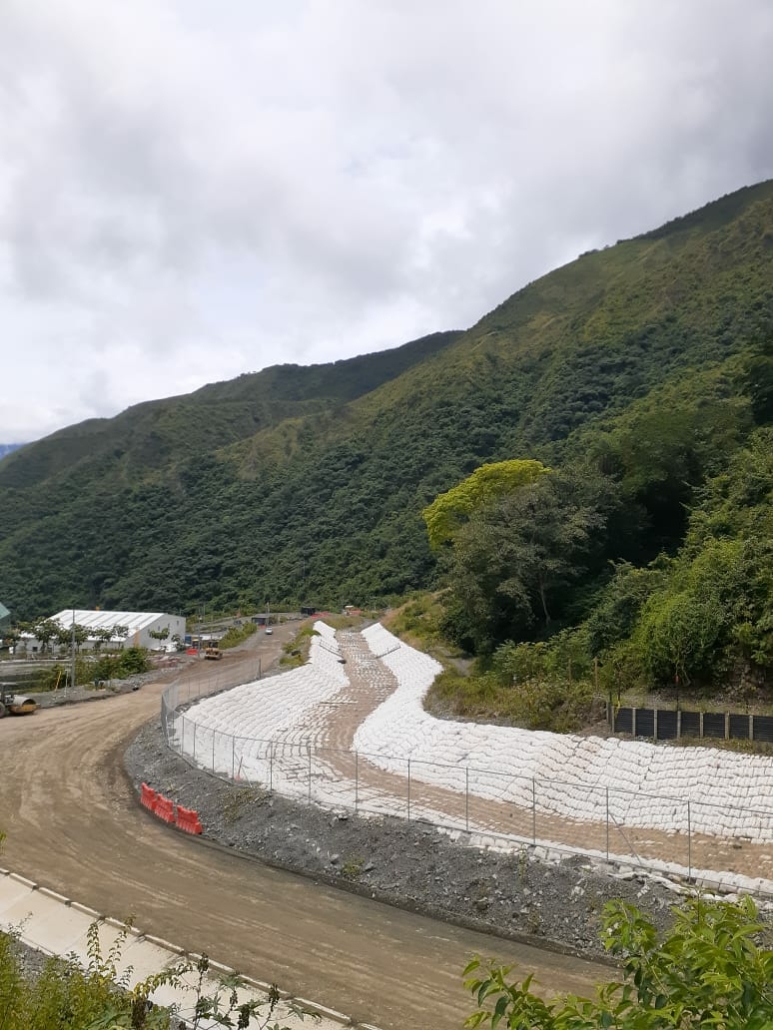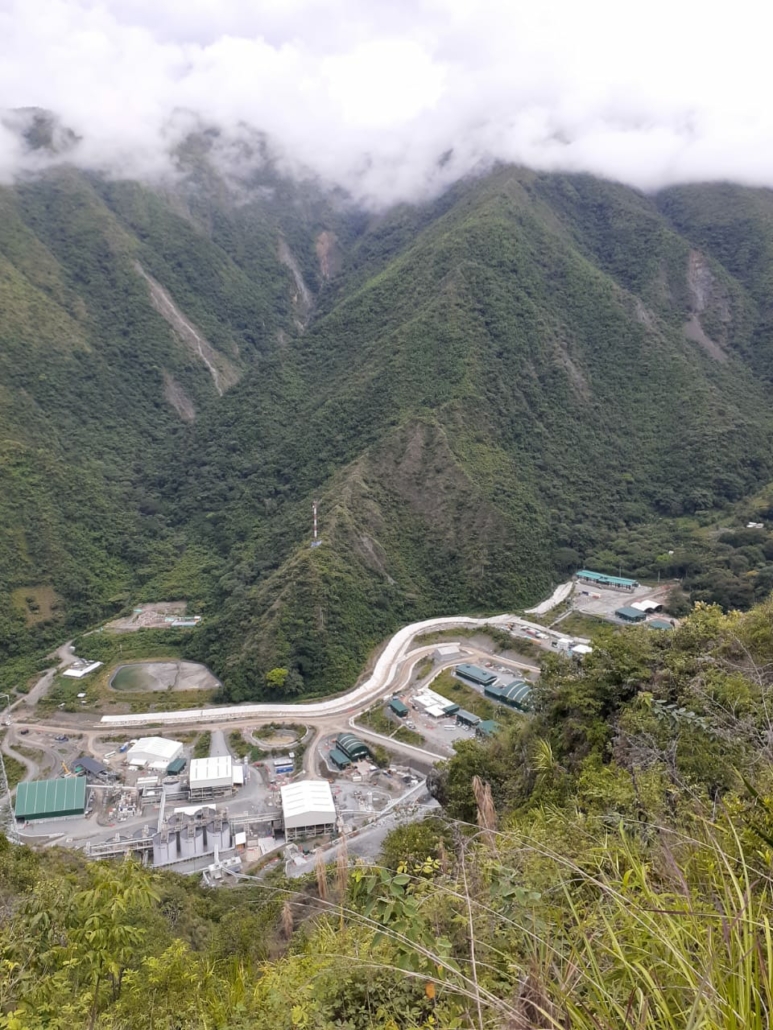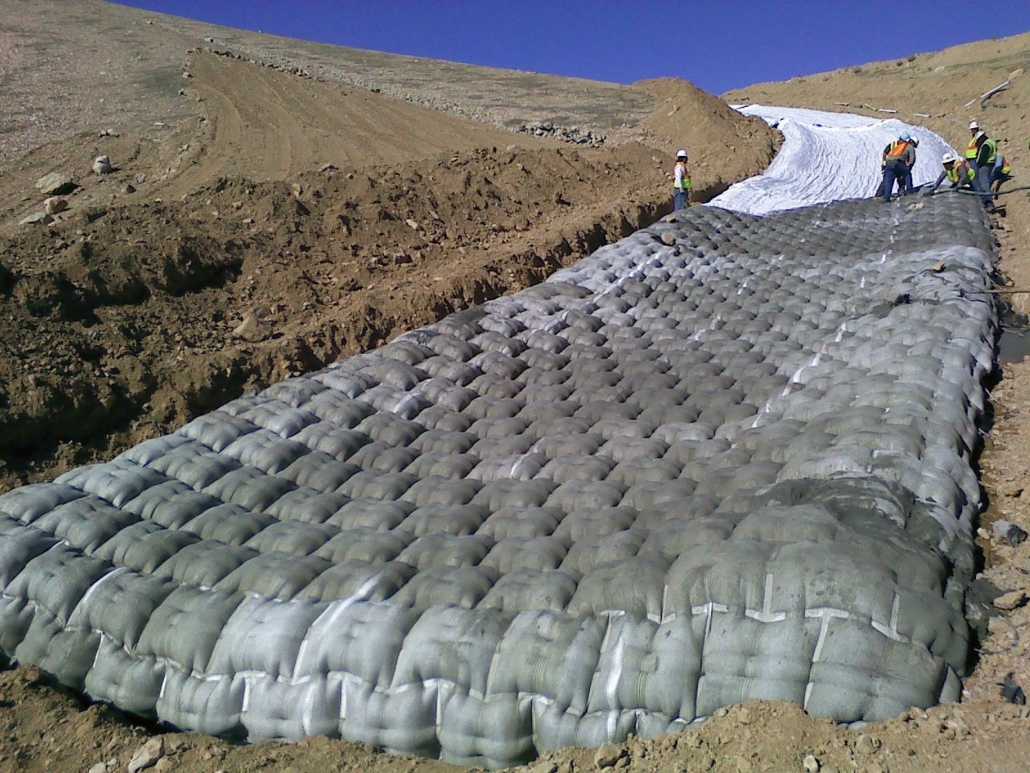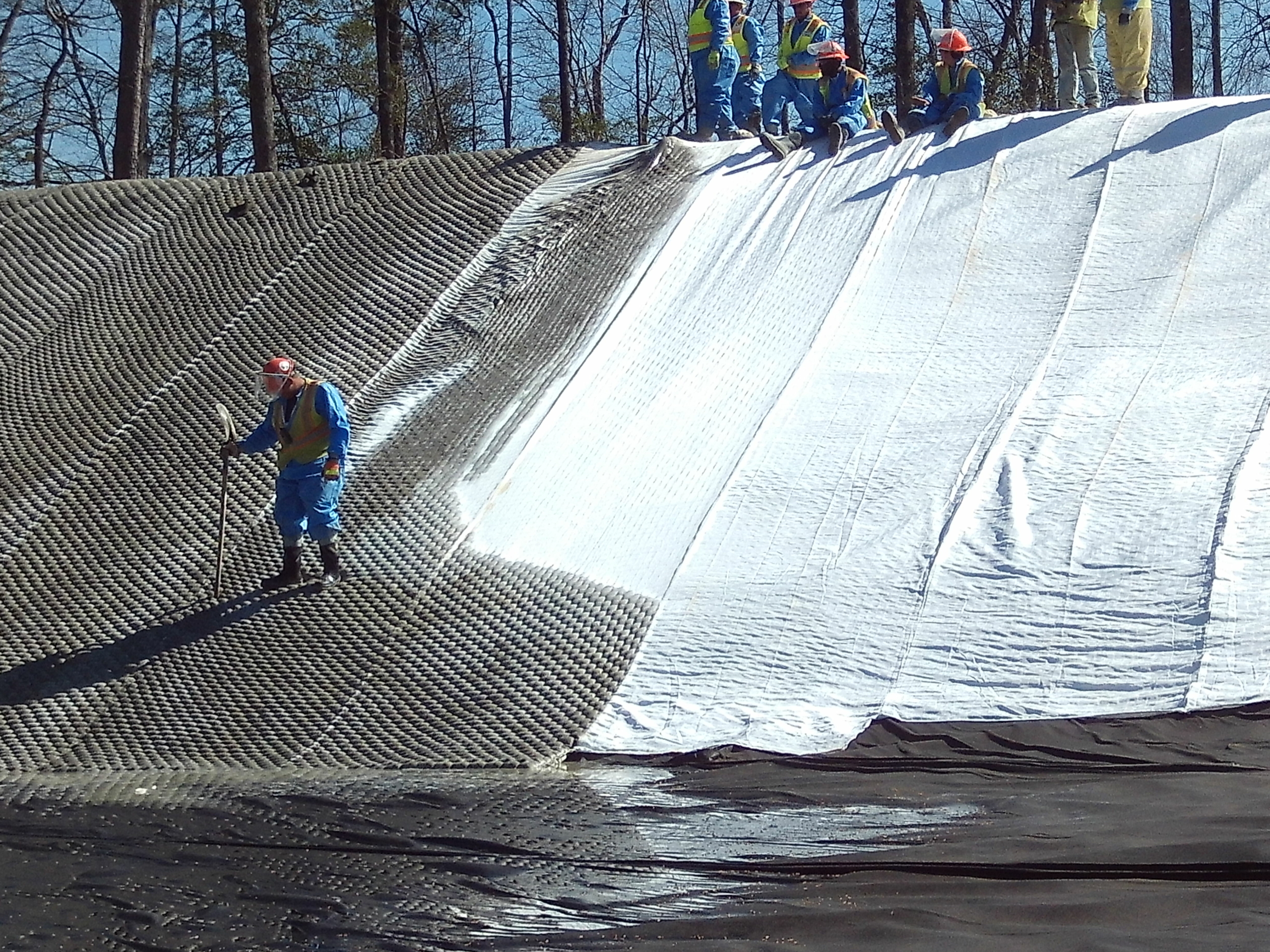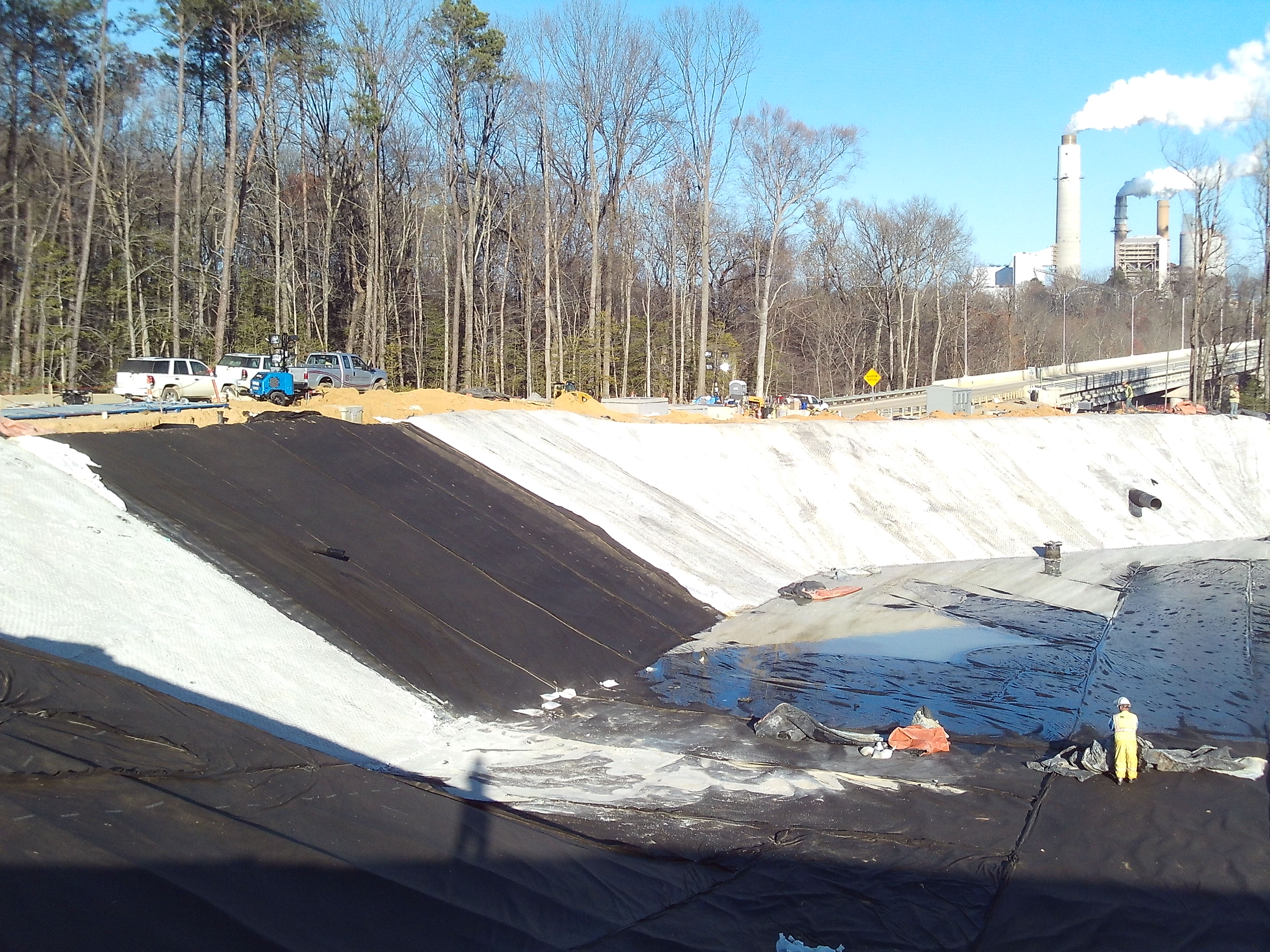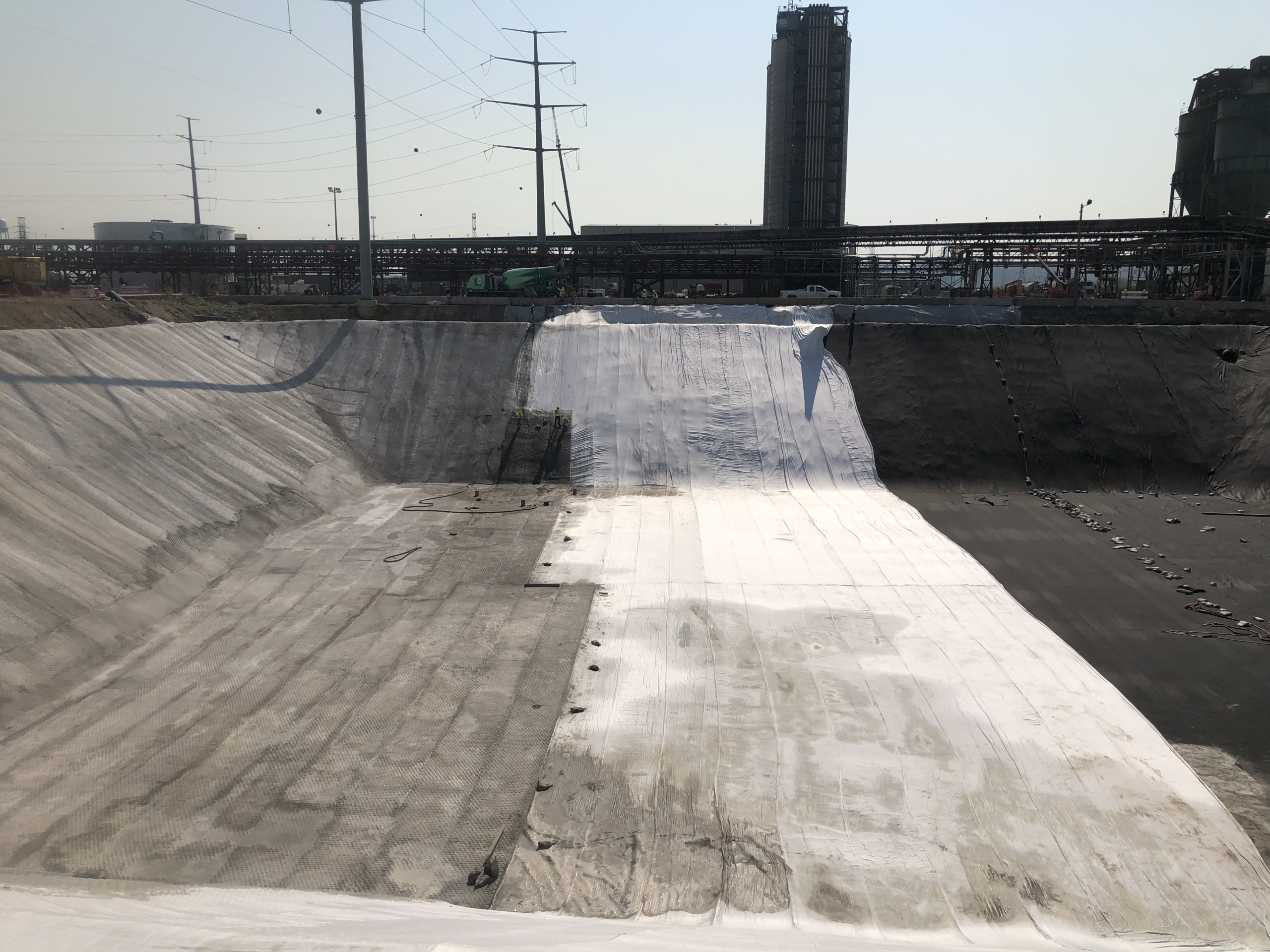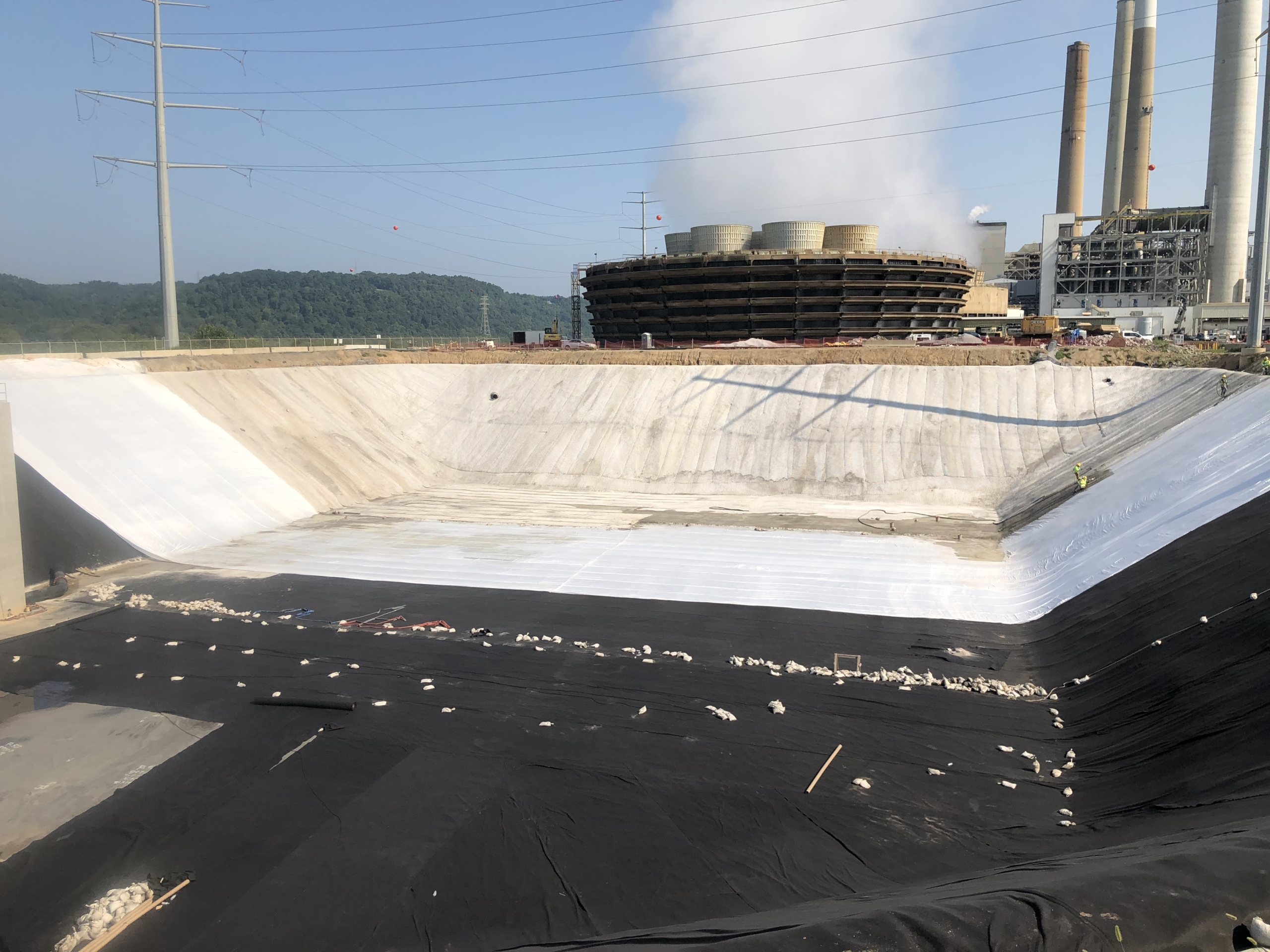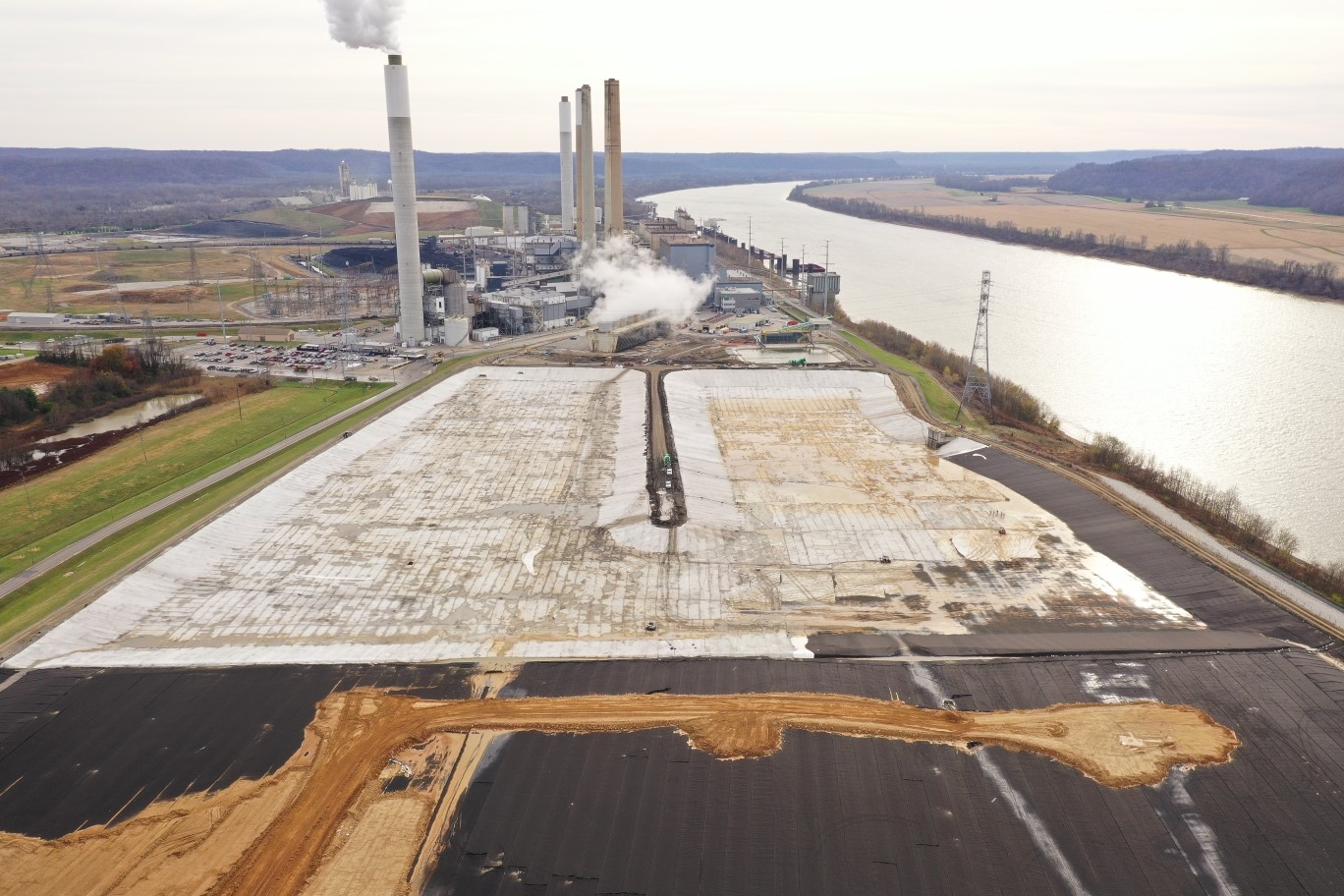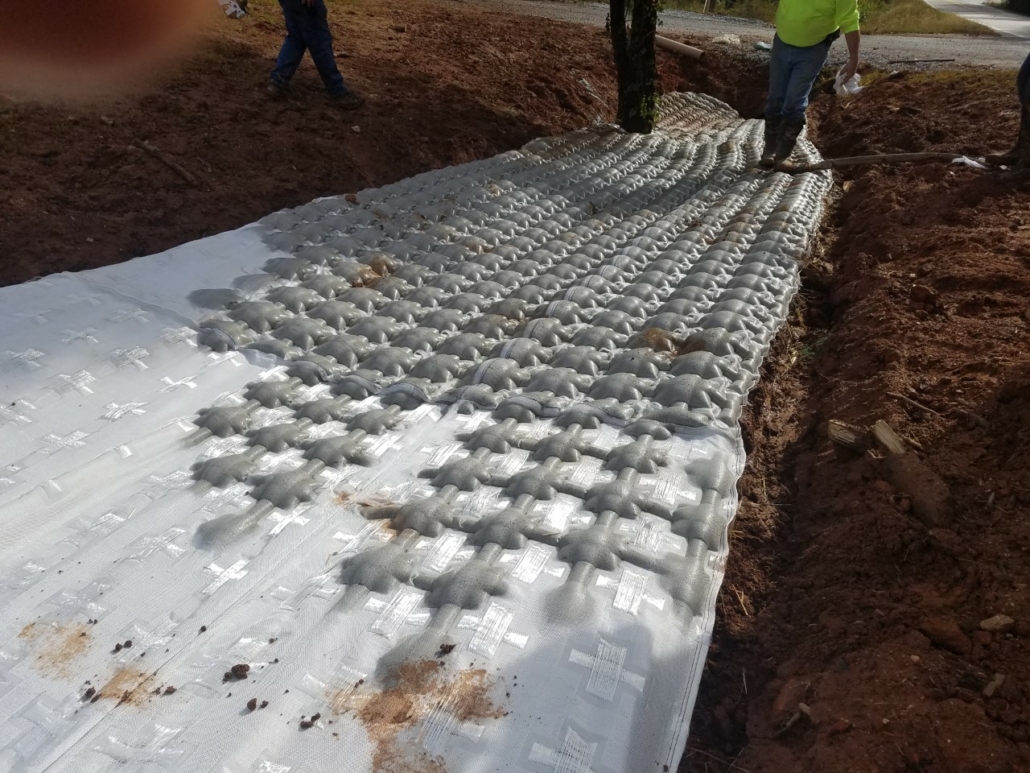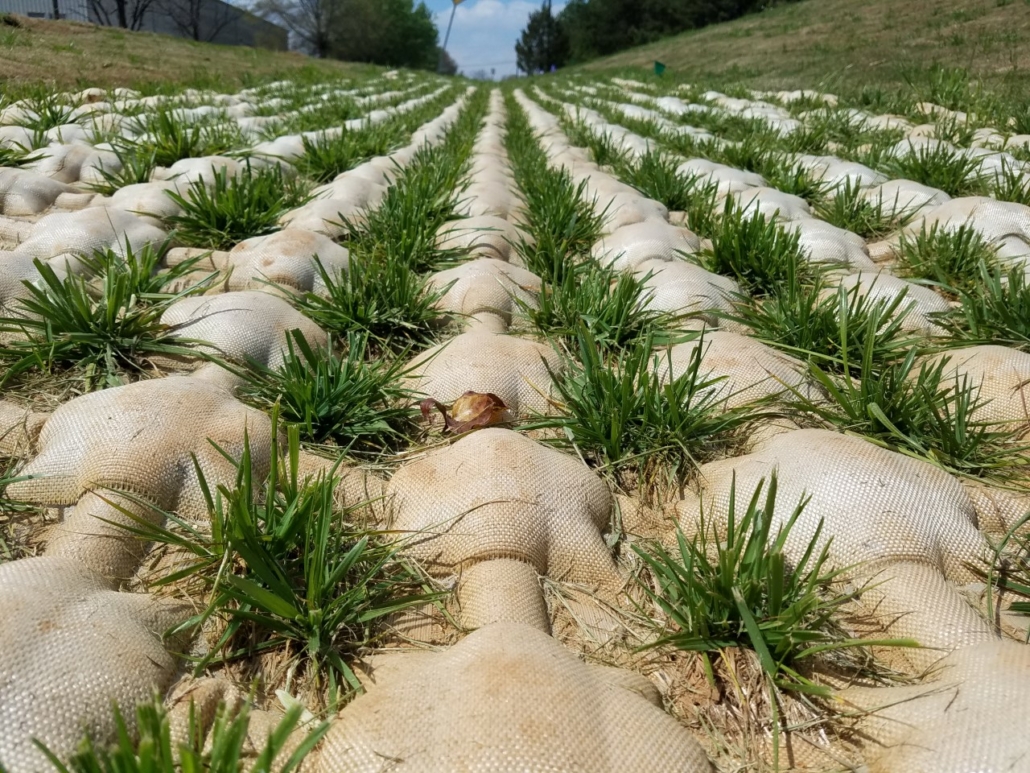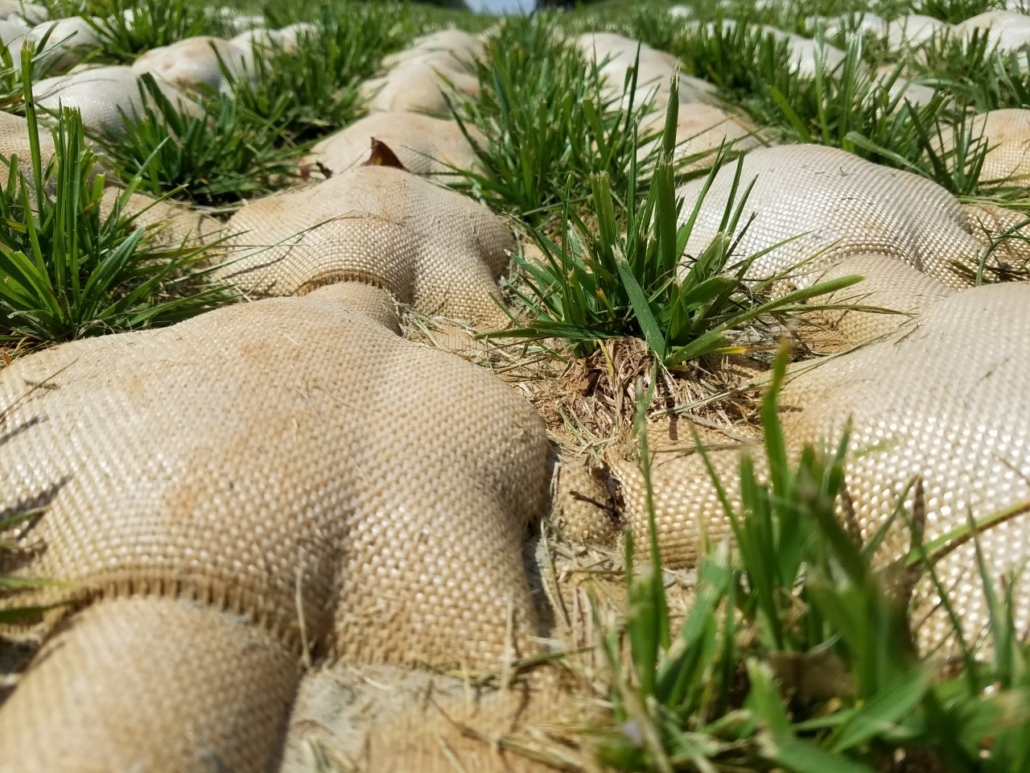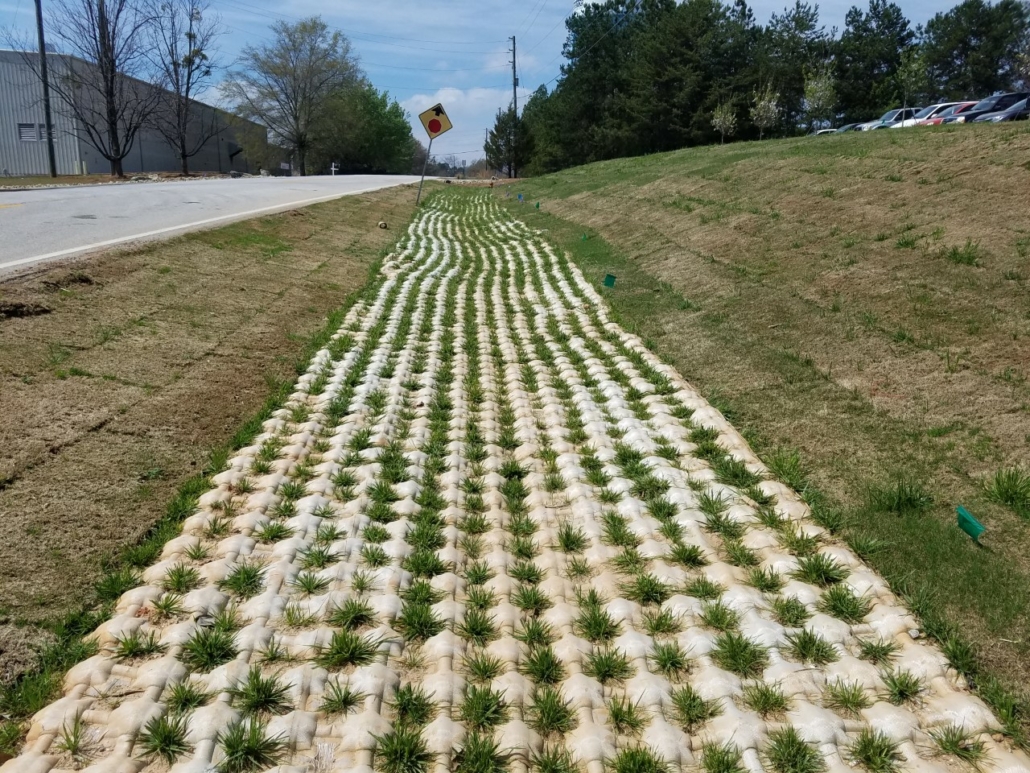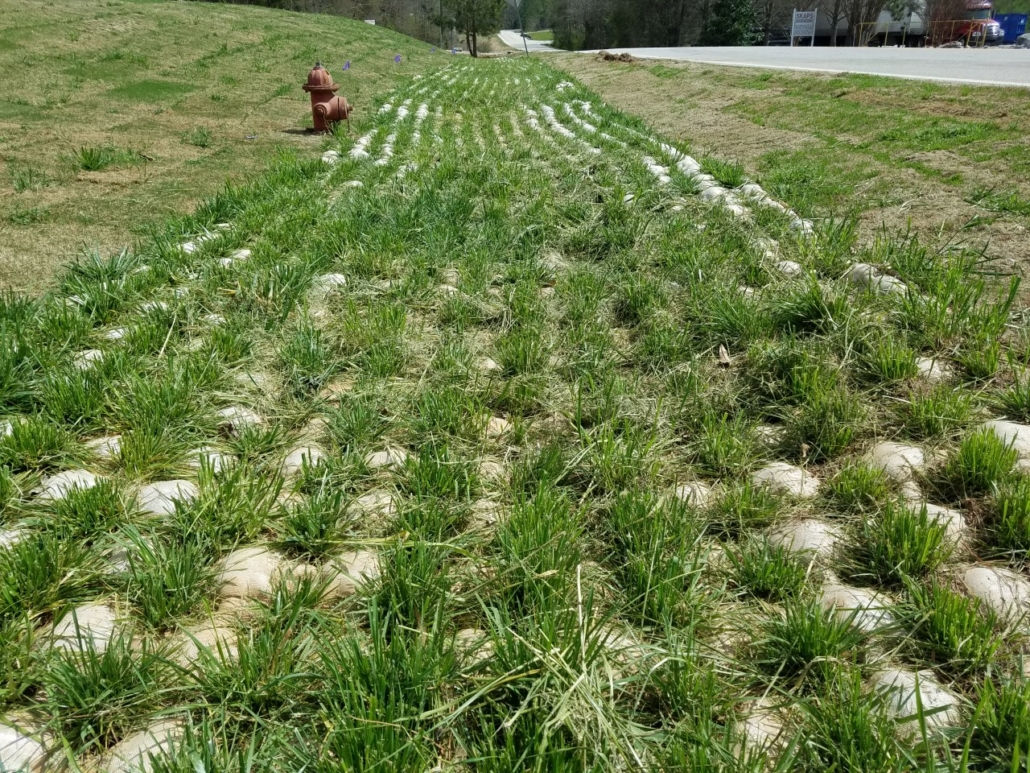How Synthetex’s Fabric Formed Concrete Helps with Flood Control and Prevention
Flooding ranks among the costliest of all natural disasters, and can impact nearly anyplace in the world. It can happen on a dizzying variety of scales, affecting entire regions or a single worksite. And it can manifest in many different ways, from natural seasonal inundations (which can nonetheless be hugely disruptive to human life) to catastrophic breaches and spill-overs that introduce water to places where it’s definitely not supposed to be.
Here at Synthetex, our innovative fabric-formed concrete products can be used in a variety of flood-control and prevention applications, offering a highly competitive alternative to traditional pre-cast concrete solutions.
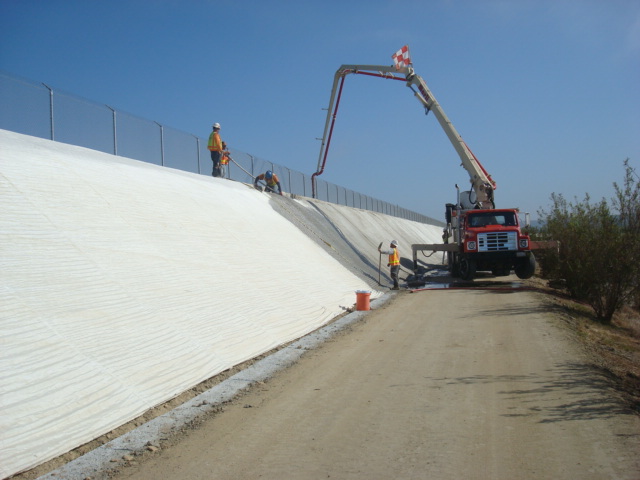
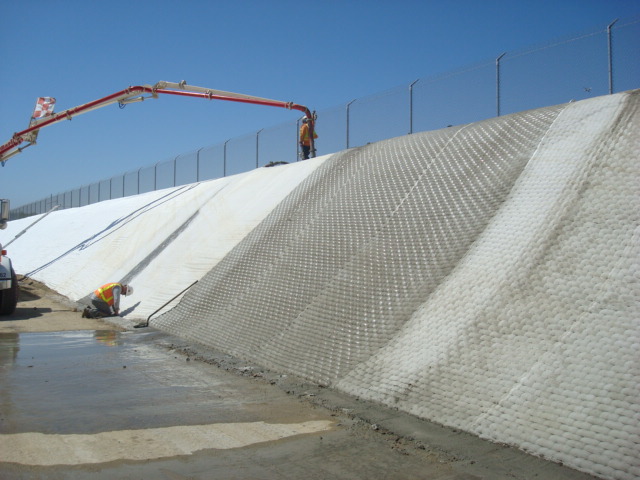
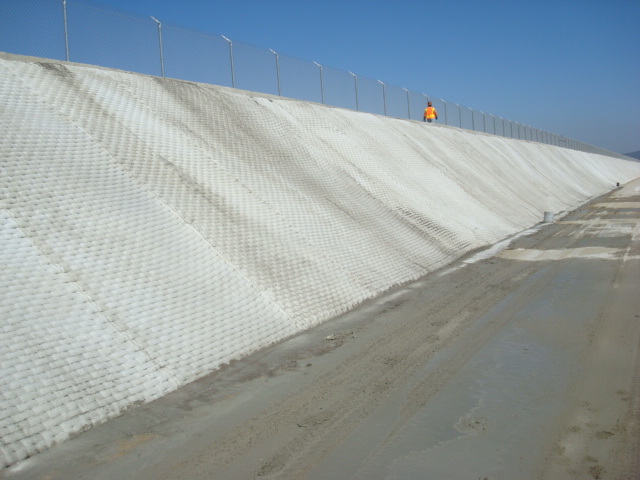
The Importance of Flood Control & Prevention
As we referenced above, flooding can take a number of forms and arise from a wide variety of triggers. Snowmelt and/or heavy rainfall historically swelled many free-flowing rivers to bankfull and beyond, with the overflow washing over the aptly named alluvial hinterland known as the floodplain. Channelization, dikes, levees, and dams can control such river flooding, but the vagaries of weather and geologic process—and the incredible power of flowing water—can overwhelm such alterations, and other kinds of development, through, for example, the loss of the natural sponges wetlands provide, can end up exacerbating flooding.
Storm surges from hurricanes, backed-up storm drains during torrential rainfall, broken pipes and tanks, breached levees and failed embankments, and any number of other processes can, of course, promote flooding to large or small degrees. The resulting impact to infrastructure—and, all too often, the threat to human life and livelihood—can be enormous, and include not only physical damage but also contamination.
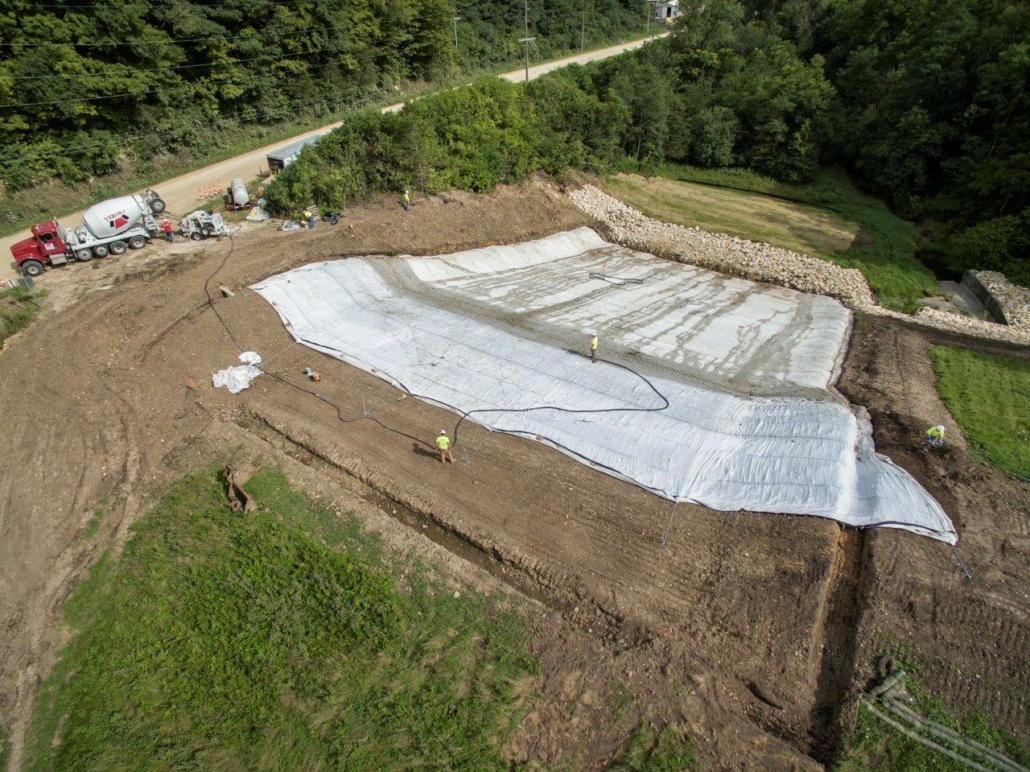
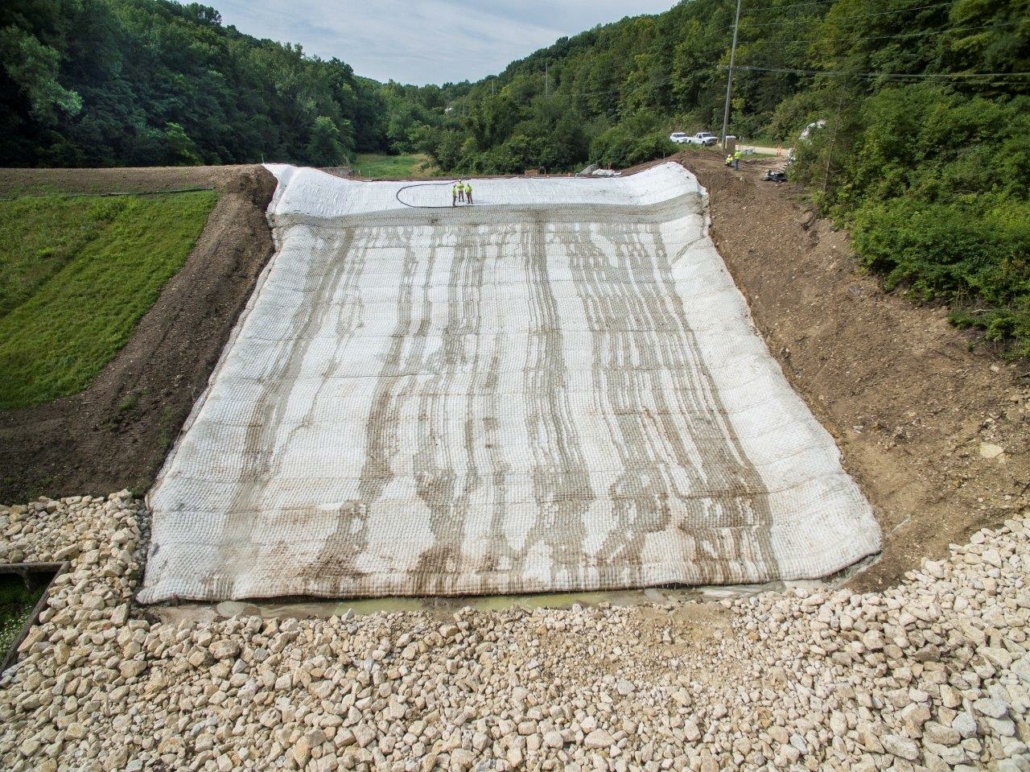
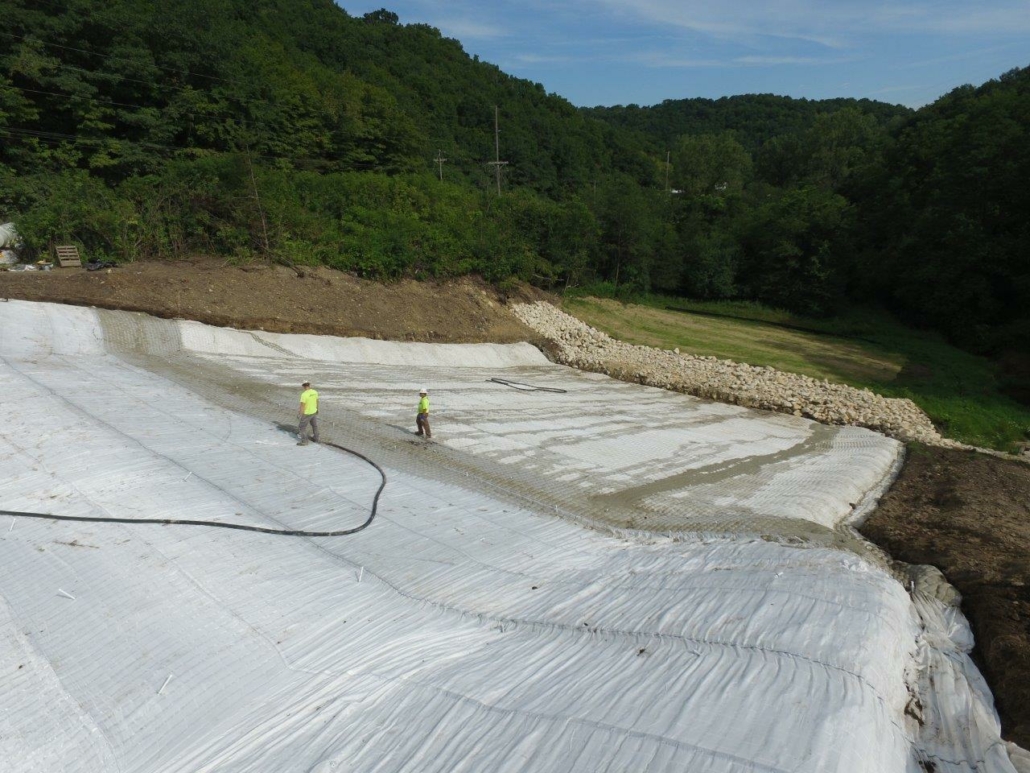
HYDROTEX Products That Can be Used in Flood Prevention
The cutting-edge, cast-in-place fabriforms we offer here at Synthetex can support flood prevention and control in a wide variety of settings and applications. Our HYDROTEX fabric-formed concrete can be used, for example, to armor embankments and thereby decrease their vulnerability to breaching. They can also provide erosion protection to the detention ponds often used to store excess water and thereby prevent or minimize flooding. Another example, HYDROTEX is used by FEMA, US Army Corps of Engineers, and other agencies to line and protect emergency spillways. Additionally, levee embankment protection even on steep slopes is possible with HYDROTEX.
These HYDROTEX products offer supreme adaptability, being completely customizable to the site and the subgrade. Because they’re flexible fabrics laid out to exactly conform to surfaces before being pumped with fine aggregate concrete, they’re much more space-efficient to transport than alternatives such as riprap, pre-cast concrete mattresses, and gabions, and they’re generally vastly easier to install, without the need for large crews and heavy machinery. The combination of cost-effectiveness, custom sizing, and hassle-free, precision-fit installation—not to mention excellent durability and minimal long-term maintenance—makes our HYDROTEX fabric formworks a fantastic choice for flood-control and mitigation, protecting our world’s infrastructure.
Among the specific HYDROTEX products well suited for these kinds of applications are our Articulating Block Concrete Linings, Enviromat Concrete Linings (which facilitate the growth of vegetation that can further reinforce embankments, provide ecological services, and improve site aesthetics), and Filter Point Concrete Linings.
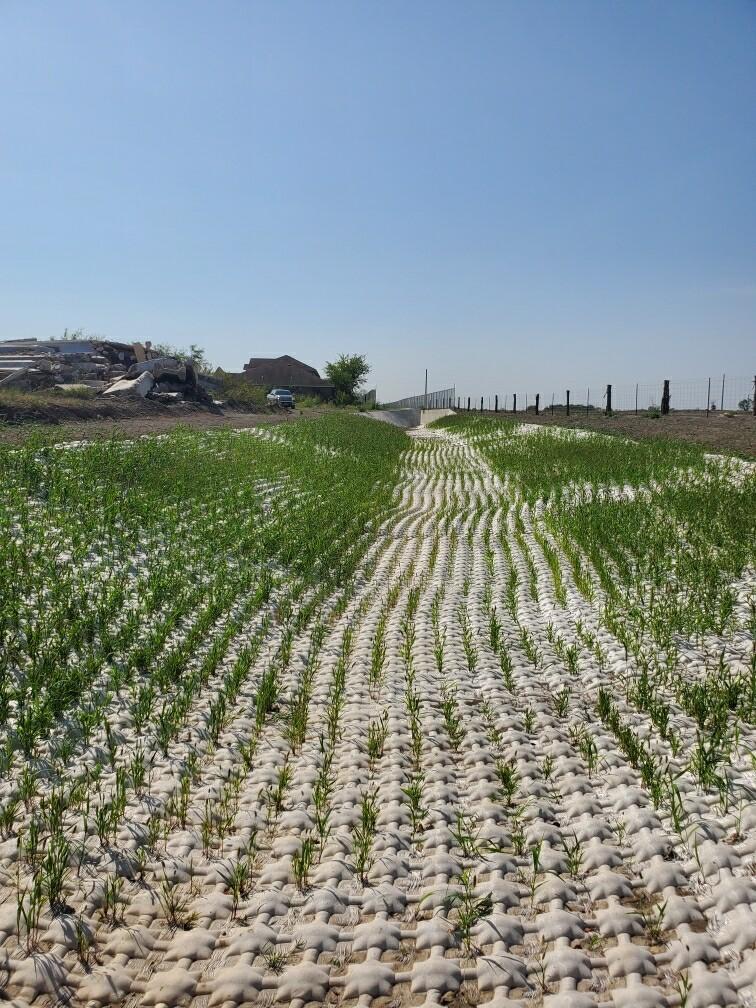
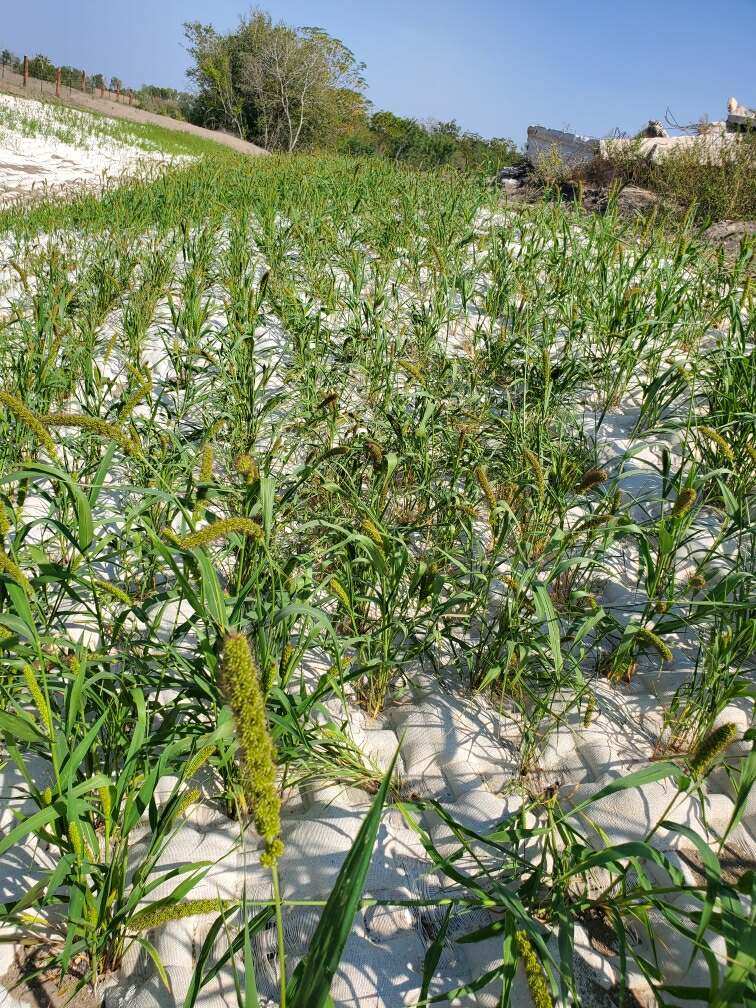
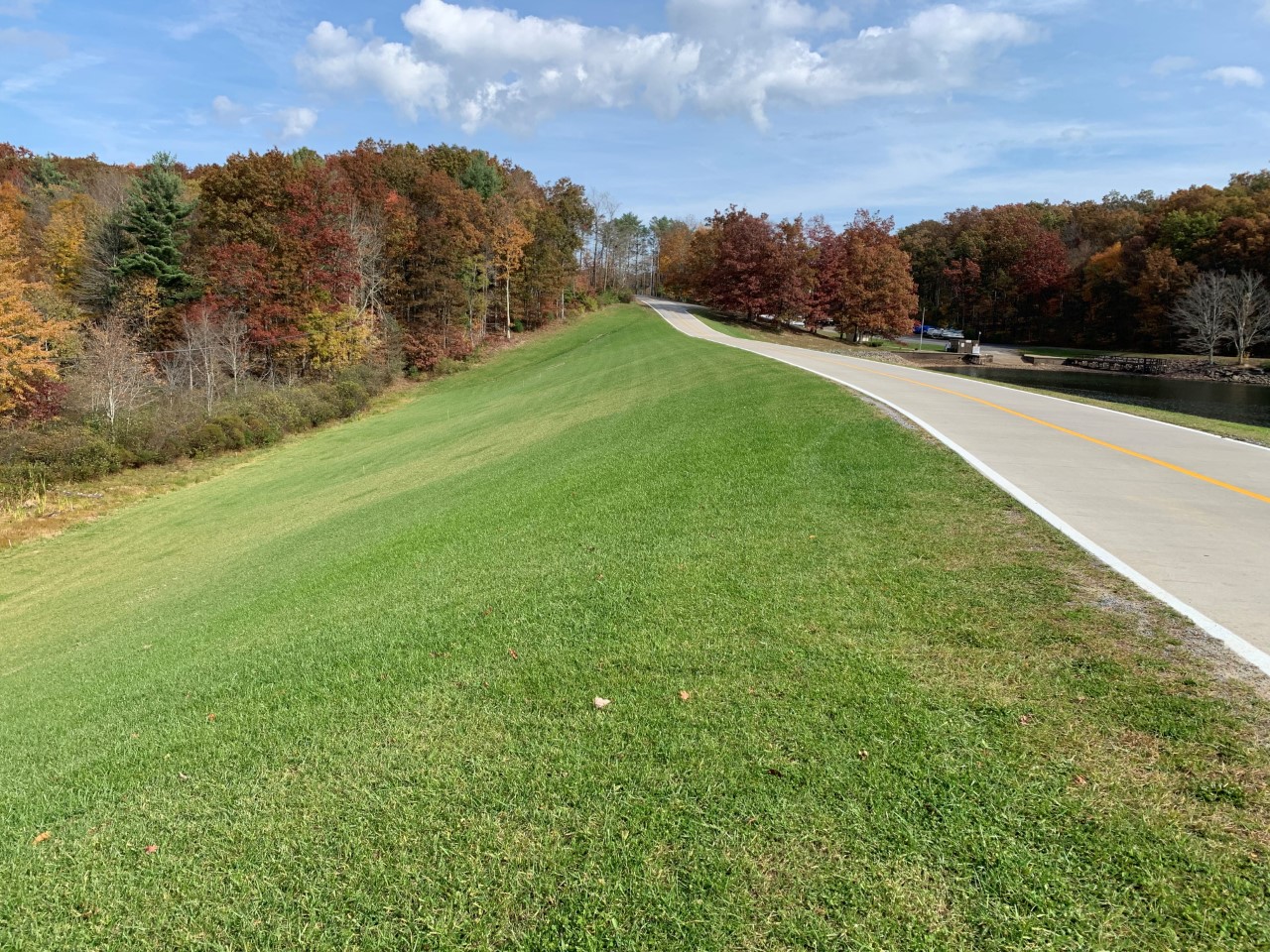
A Case Study: The Balason River in West Bengal, India
To learn more about how HYDROTEX products can serve to reduce flood risk, check out this case study focused on the Balason River in the Darjeeling District of West Bengal, India. After major, consequential flooding from a breached embankment and monsoon rains in 1998 and 1999, authorities turned to Synthetex for a solution. In 2000, HYDROTEX Articulating Block Mattresses strung through with revetment cables were used to reinforce the Balason River embankment, which had been prepared with locally sourced riverbed material. Our fabric-formed concrete had proven both less expensive and more adaptable to the complicated physical environment, and less environmental impacts from aggregate mining and transport, than the stone riprap and gabions that had been considered.
The Synthetex Advantage: Flood Protection Products
With Synthetex, your flood control and flood prevention project—whether pursued along a canal, a riverway, a detention pond, levee, overflow spillway, or anywhere else—gets the benefit not only of cutting-edge fabriform technology but also the detailed involvement and assistance offered by our engineering team. From pre-project planning to contractor counseling and on-site technical assistance, we make sure you’re getting the very most out of our fabric-formed concrete solutions.Get in touch for a free consultation! You can call the Synthetex team at 1-800-253-0561 or 770-399-5051, chat with us at www.synthetex.com, or send us a message using our contact form. We look forward to hearing from you!
